Mechanical Properties of Cast Aluminum vs. Wrought Aluminum
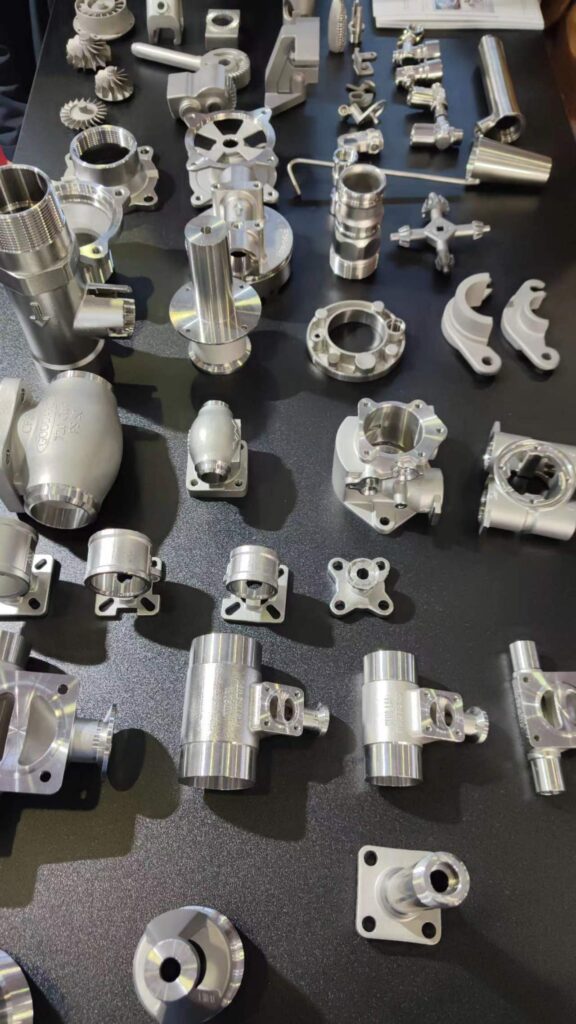
Although cast aluminum is widely used due to its cost-effectiveness, there are some notable differences in mechanical properties when compared to wrought aluminum. Low Melting Point: Cast aluminum is known to have a low melting point, which makes it more suitable for areas where moderate thermal management is required, unlike wrought aluminum, which requires […]
Detecting Galvanized Metal Parts

Detecting galvanized metal parts involves identifying the presence of a zinc coating applied to steel or iron for corrosion protection. Here are key methods: 1. Visual Inspection Appearance: Hot-dip galvanizing: Look for a characteristic spangled pattern (crystalline sheen) and a bright, silvery-gray finish. Electrogalvanizing: Expect a smoother, uniform gray matte finish. Weathered Surfaces: Older galvanized metal develops a […]
Casting Processes & Alloy Selection
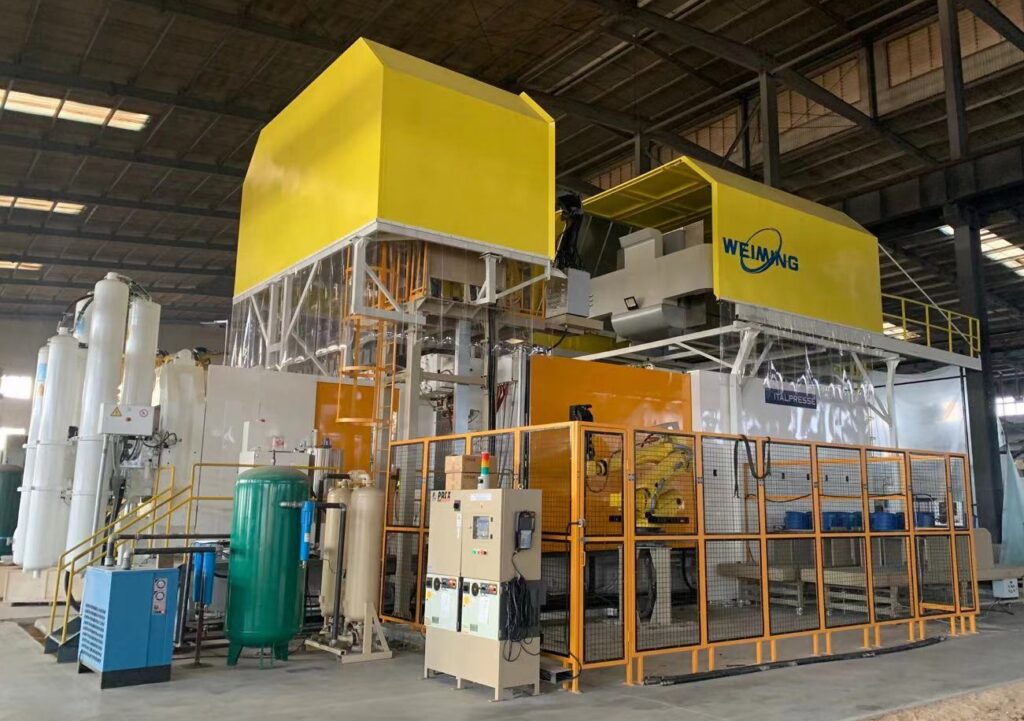
Die casting, sand casting, investment casting, HPDC: Die casting and HPDC are basically fast, high-volume methods. In this process, the molten aluminum is poured into a metal mold under high pressure. They are best suited for thin-walled, complex structures such as electronic enclosures. The alloys used here need to have fast fluidity and the ability […]
Magnetic Particle Inspection (MPI)
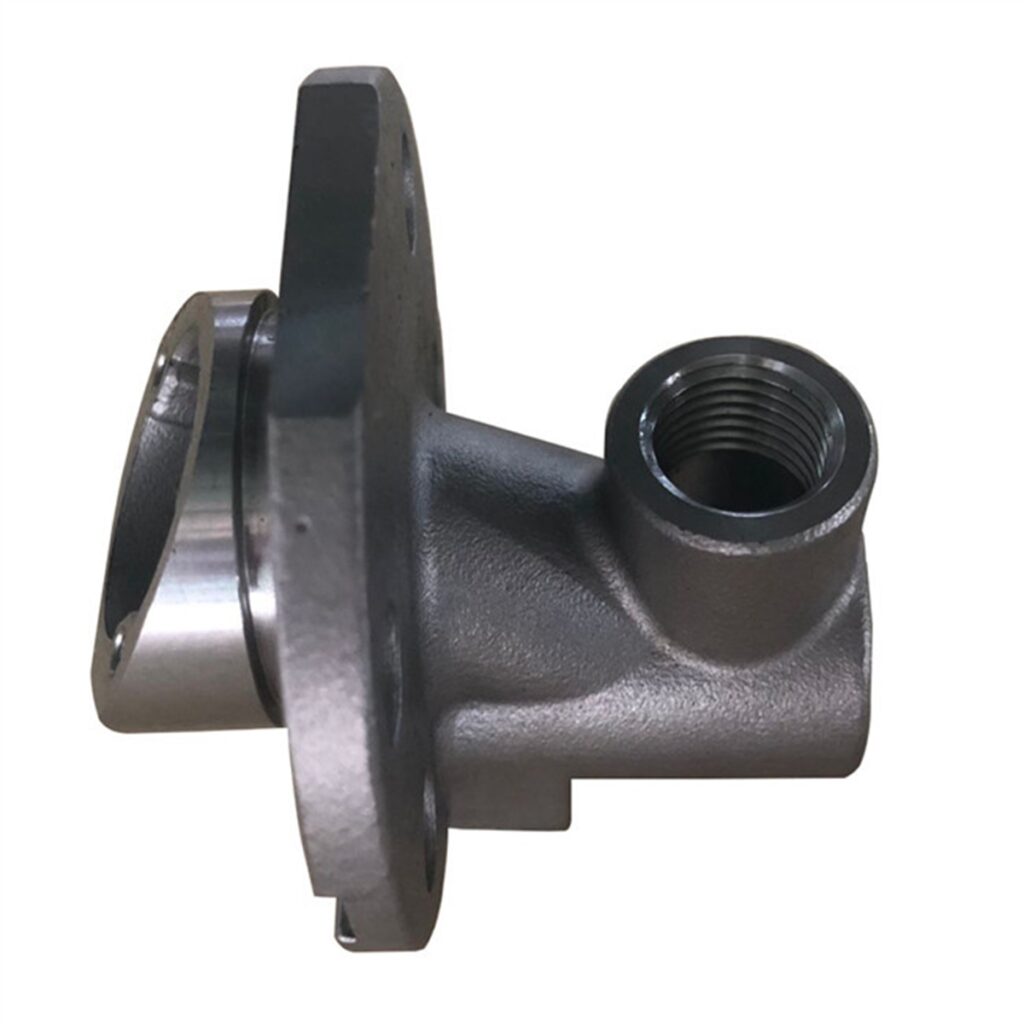
MPI is a non-destructive testing (NDT) method used to detect surface and near-surface flaws (e.g., cracks, laps, seams, inclusions) in ferromagnetic materials (iron, nickel, cobalt, and some alloys). Core Principle Magnetization: The component is magnetized, creating magnetic flux lines within the metal. Flaw Disruption: If a flaw (e.g., crack) is present, it interrupts the flux lines, causing magnetic flux […]
Key Properties of Cast Aluminum
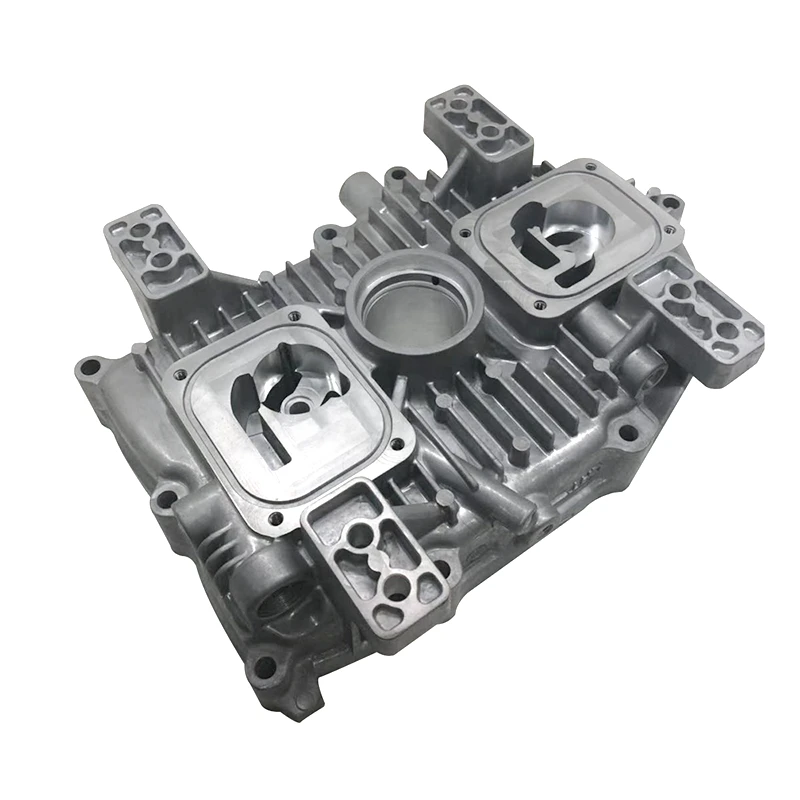
High fluidity & low melting point: Cast Aluminum has high fluidity, meaning it can easily fill molds to take on a desired shape. Due to its low melting point, less energy is required for it to transition from solid to liquid form. Good castability: With its good castability, the metal can easily fill molds […]
Metal Hardness Testing
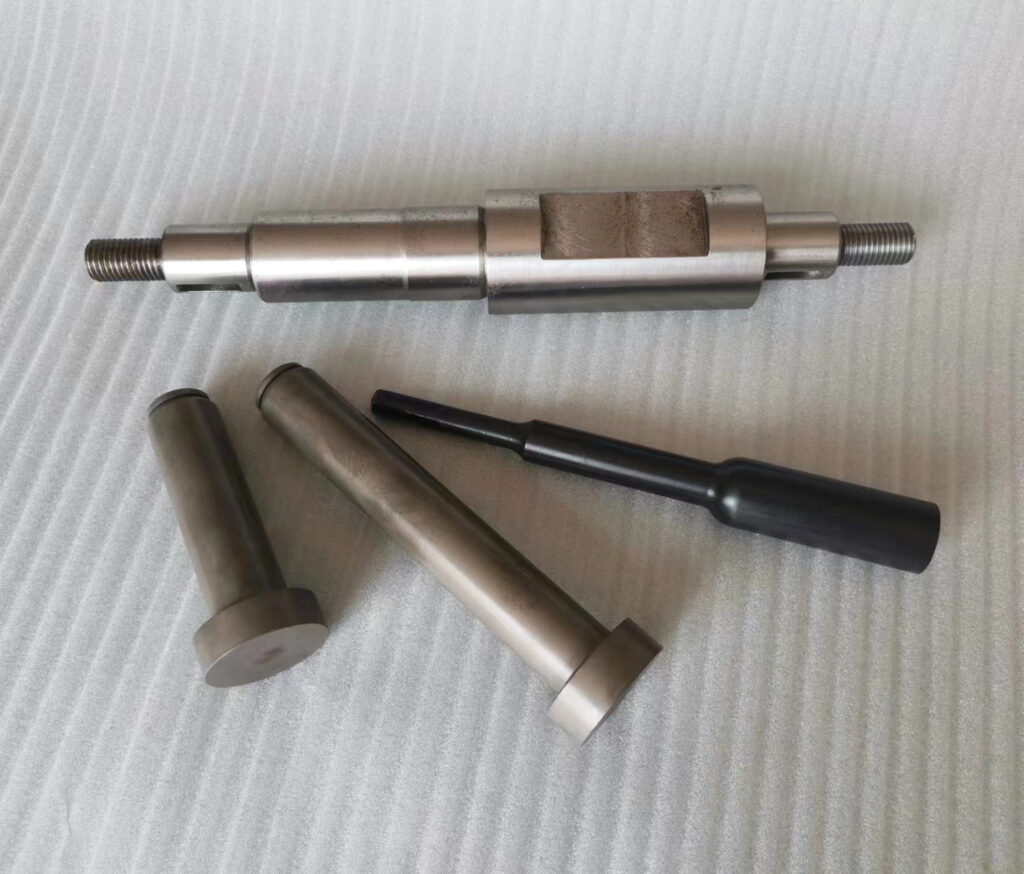
Here’s a comprehensive overview of metal hardness testing: Metal Hardness Testing: Methods and Principles Hardness testing is a fundamental mechanical property assessment for metals, indicating resistance to permanent deformation (plastic), scratching, abrasion, or penetration. It’s crucial for quality control, material selection, heat treatment verification, and predicting wear resistance. Key Methods: Rockwell Hardness Testing (ASTM E18): […]
Quality Control Measures for Metal Pressing
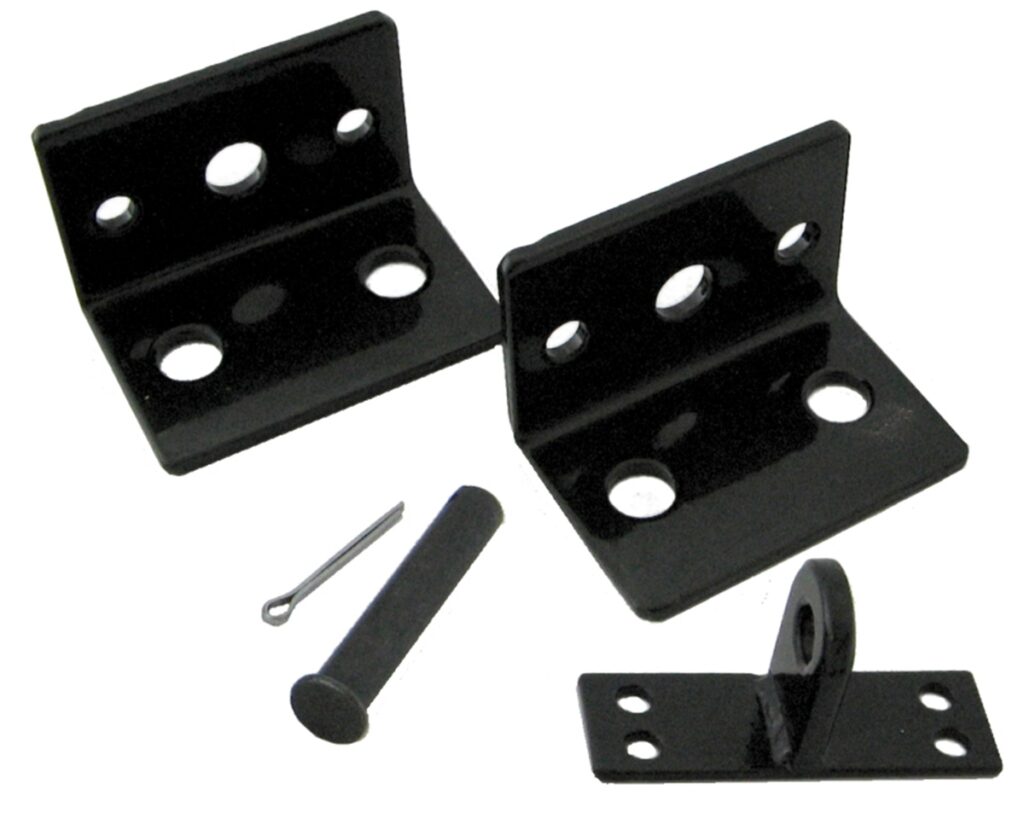
Quality assurance in metal pressing is an essential step to maintain the accuracy and integrity of the finished products. Introductory raw material inspections validate their conformance to certain requirements, including an optimal composition, dimensions, and surface finish. The constant monitoring and repair of press tooling are crucial in achieving the desired tolerance values and preventing […]
Tensile Testing for Metal Fittings

Here’s a detailed explanation of Tensile Testing for Metal Fittings: Tensile Testing of Metal Fittings: Purpose and Process Tensile testing is a fundamental mechanical test performed on metal fittings (e.g., brackets, fasteners, connectors, couplings, eye bolts, flanges, structural joints) to evaluate their strength and ductility under uniaxial tensile loading. The primary goal is to determine how a fitting behaves when […]
Do Bending Metal Rods, Pipes, and Sheets Require Different Types of Machines
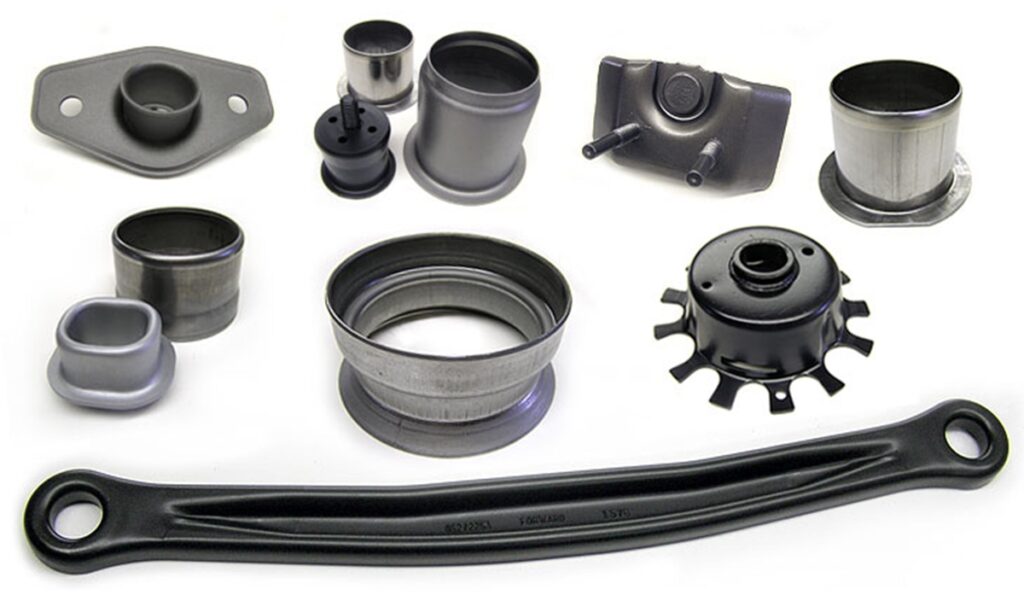
Bending metal rods, pipes, and sheets indeed requires different types of machines, each tailored to handle the unique properties and challenges of these forms. Rods often need rotary draw benders that can maintain the circular cross-section, while pipes benefit from mandrel benders which prevent collapsing during the bending process. Sheet metal, however, is typically processed […]
Key Equipment and Tools Required for Metal Pressing
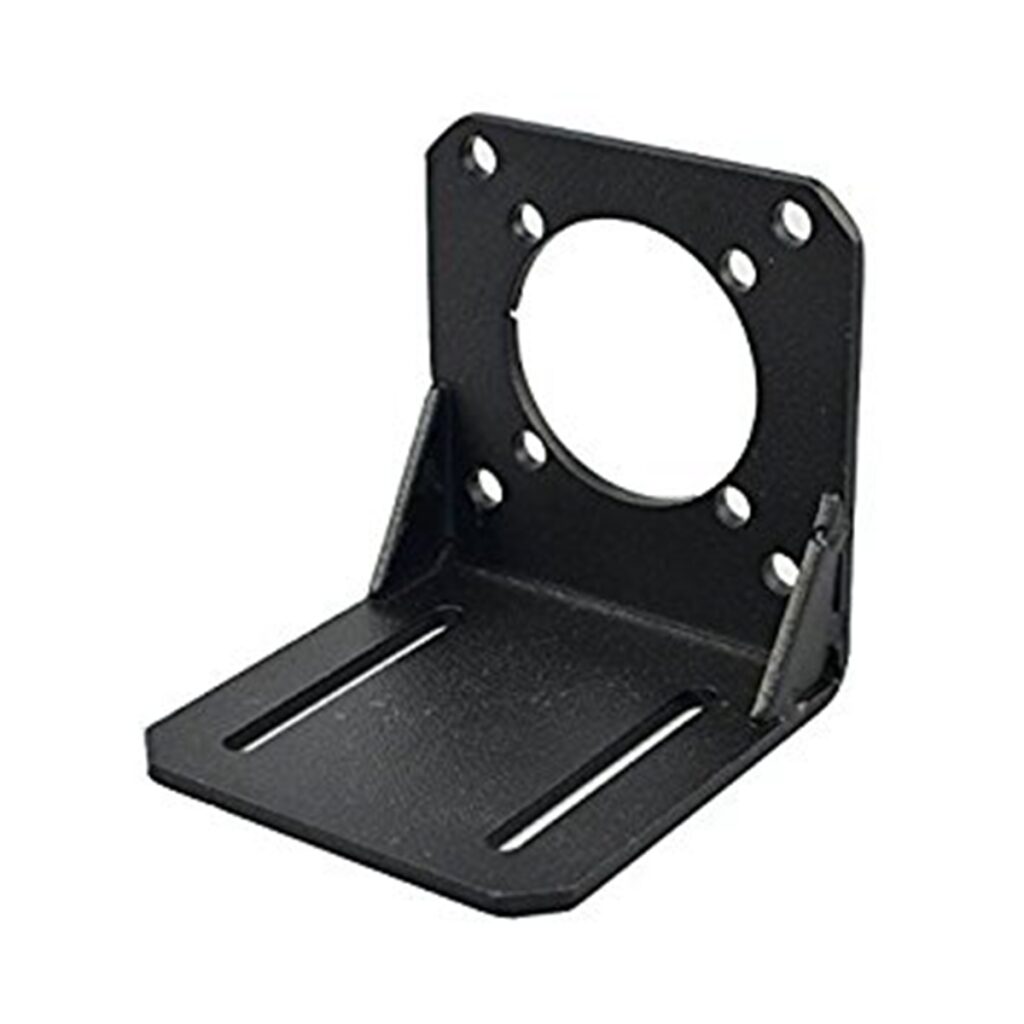
The metal stamping is accomplished by a wide range of sophisticated machines which give the best results of pressing metal sheets into the accurate components. Press machines, such as mechanical, hydraulic, and servo types, as well as custom-made dies and tooling, have a role in cutting, bending, and forming processes. The feeders and coil handling […]

